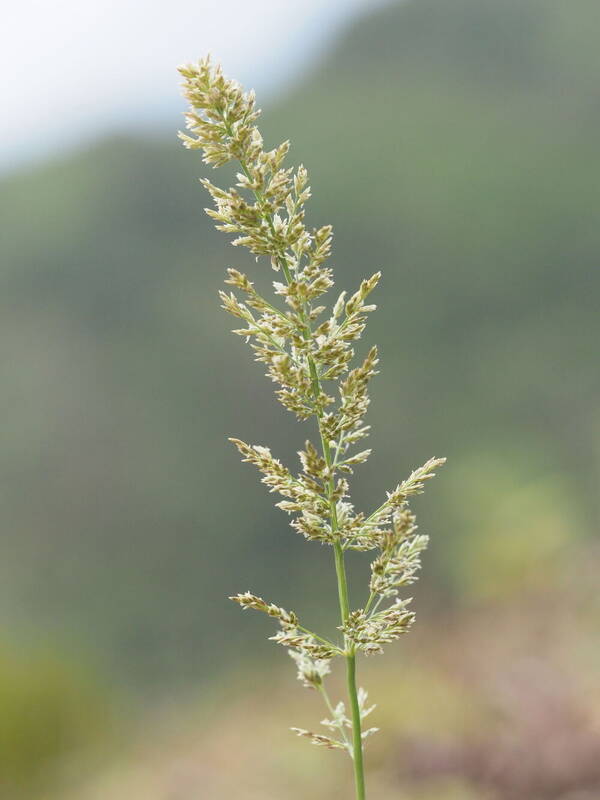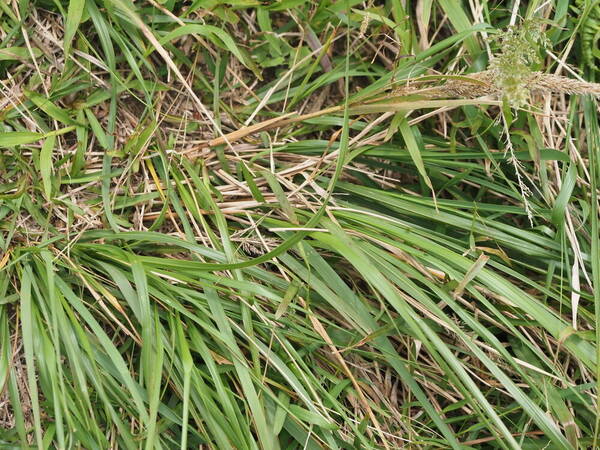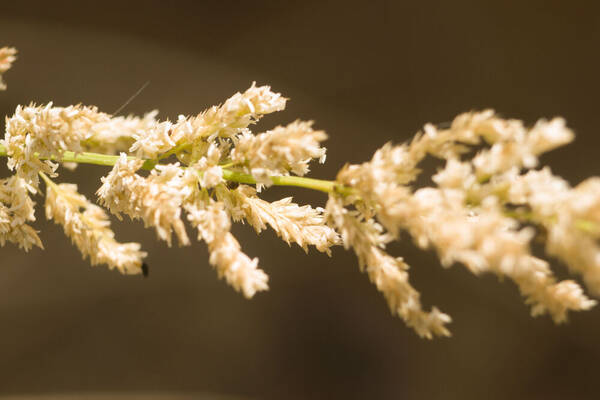Info
Subfamily: Chloridoideae
Genus etymology: Eragrostis = "love grass" [Greek] unclear origin, other etymologies such as "early grass" or "very grass" have also been speculated
Species etymology: variabilis = "variable" [Latin] refering to the many habitats and forms which this grass takes across Hawai'i
Photosynthetic type: C4 (warm season)
Nativity: endemic
Map

Inflorescence









Plant









Habit

Spikelets










Landscape

Collar

Description
Perennials; culms tufted, erect, usually 4-8 dm tall or taller, glabrous or scaberu-. lous, especially below the panicles. Sheaths glabrous or puberulent at apex and on collar, sometimes villous at throat; ligule a ciliate membrane less than 0.5 mm long; blades usually flat near base, involute in upper part, up to 50 cm long, ca. 1 cm wide, upper surface scaberulous, sometimes villous near base, lower surface glabrous. Panicles narrow, up to 40 cm long, somewhat open or dense and spike-like, branches strongly ascending to spreading, the axis scabrous or pubescent, sometimes glabrous in lower part, the axils sometimes pilose, pedicels glabrous or scabrous, rachilla glabrous or puberulent; spikelets 8- 12(-14)-flowered, 5-10 mm long; glumes subequal, 2-3 mm long, keels usually strongly scaberulous, apex acuminate or attenuate, first glume l-nerved, second glume 3-nerved; lemmas imbricate, 2.5-3 mm long, scabrous, especially toward apex, the apex acuminate; palea nearly as long as lemma, keel scabrous-ciliate. Caryopsis -dark reddish brown, ellipsoid to ovoid, 0.8-1.2 mm long, delicately striate. [2n =40]
(Description source: O’Connor, P.J. 1990. Poaceae, pp. 1481–1604. In: Wagner W.L., Herbst D.R. & Sohmer S.H. (eds.)., Manual of the flowering plant of Hawaiʻi. Vol. 2. University of Hawaii Press & Bishop Museum Press, Honolulu )